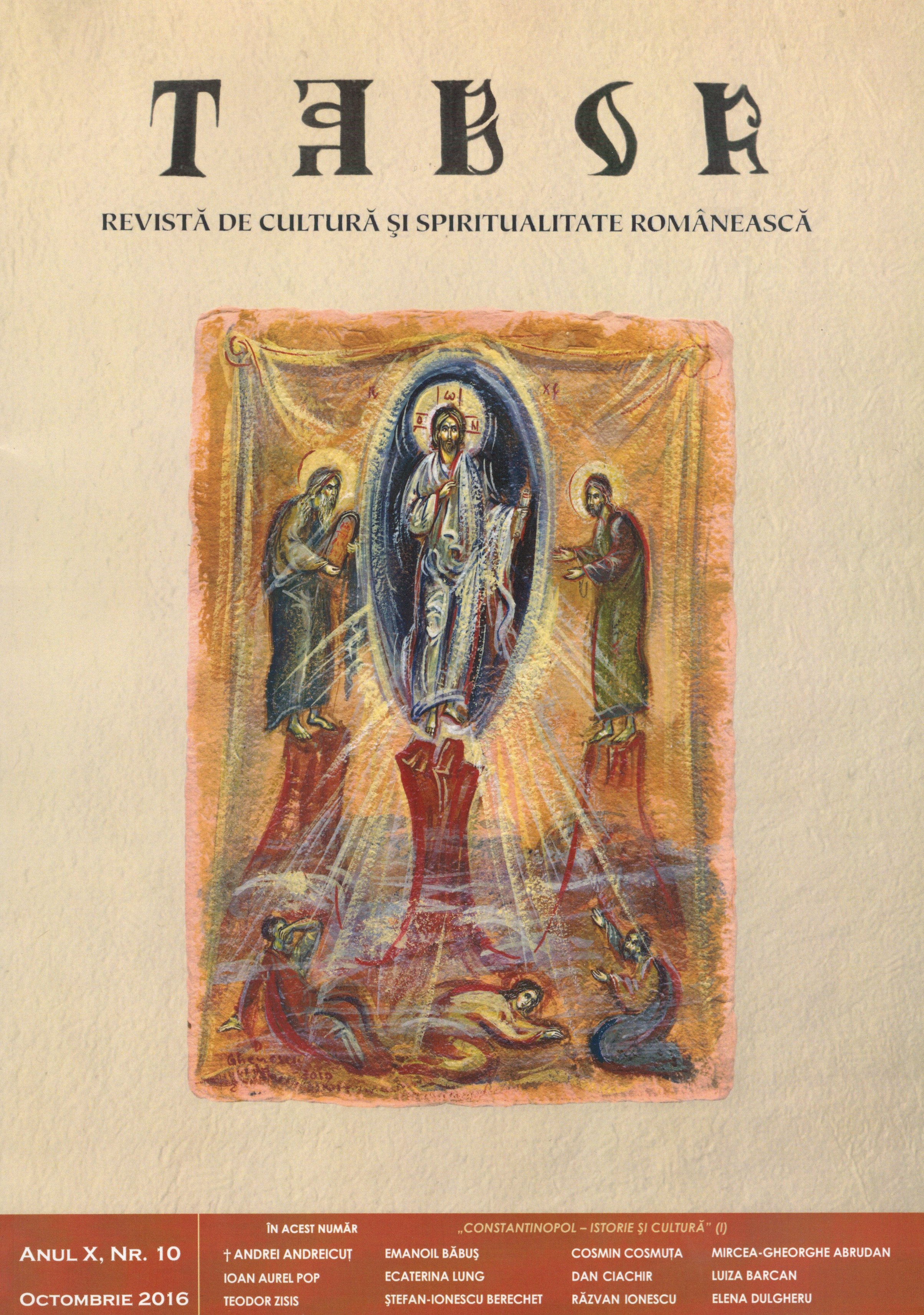Semnificaţia Constantinopolului în istoriografia bizantină timpurie
The meaning of Constantinople in early byzantine historiography
Author(s): Ecaterina LungSubject(s): History of Church(es)
Published by: Renaşterea Cluj
Keywords: Constantinople; Byzantine chroniclers; Hippodrome; barbarian wars; the Byzantine Empire;
Summary/Abstract: For the Byzantine world, still marked by its Greek-Roman tradition, towns were essential elements. We propose here to make reference less to the real Byzantine town, but more to its representation in the historical writings of the early Middle Ages. These works, whether centered on political and military aspects (the Histories written by authors like Procopius, Agathias, Menander The Guardsman, Theophylact Simocatta and Nicephorus the Patriarch) or on political-religious ones (the Chronicles of Malalas, Chronicon Paschale, Chronographia of Theophanes the Confessor), represent an invaluable source in reconstructing the mentality and the world view held by people of that age. In their writings this authors pay little attention to geography or natural space, instead emphasizing the imaginary and ideological symbols of an anthropic space. Their points of reference are overwhelmingly human edifices, mainly cities, towns, fortifications, aqueducts and lately churches. Space is represented in Byzantium as a hierarchy based on cultural and political criteria, with towns being the only civilized spaces, and amongst these, Constantinople, the city par excellence, is the center of all civilization. This idea is carried to the extent that the “idea of Constantinople” as an axis mundi becomes more important than the actual representation of the physical city itself.
Journal: TABOR. Revistă de cultură şi spiritualitate românească
- Issue Year: X/2016
- Issue No: 10
- Page Range: 36-40
- Page Count: 5
- Language: Romanian
- Content File-PDF

